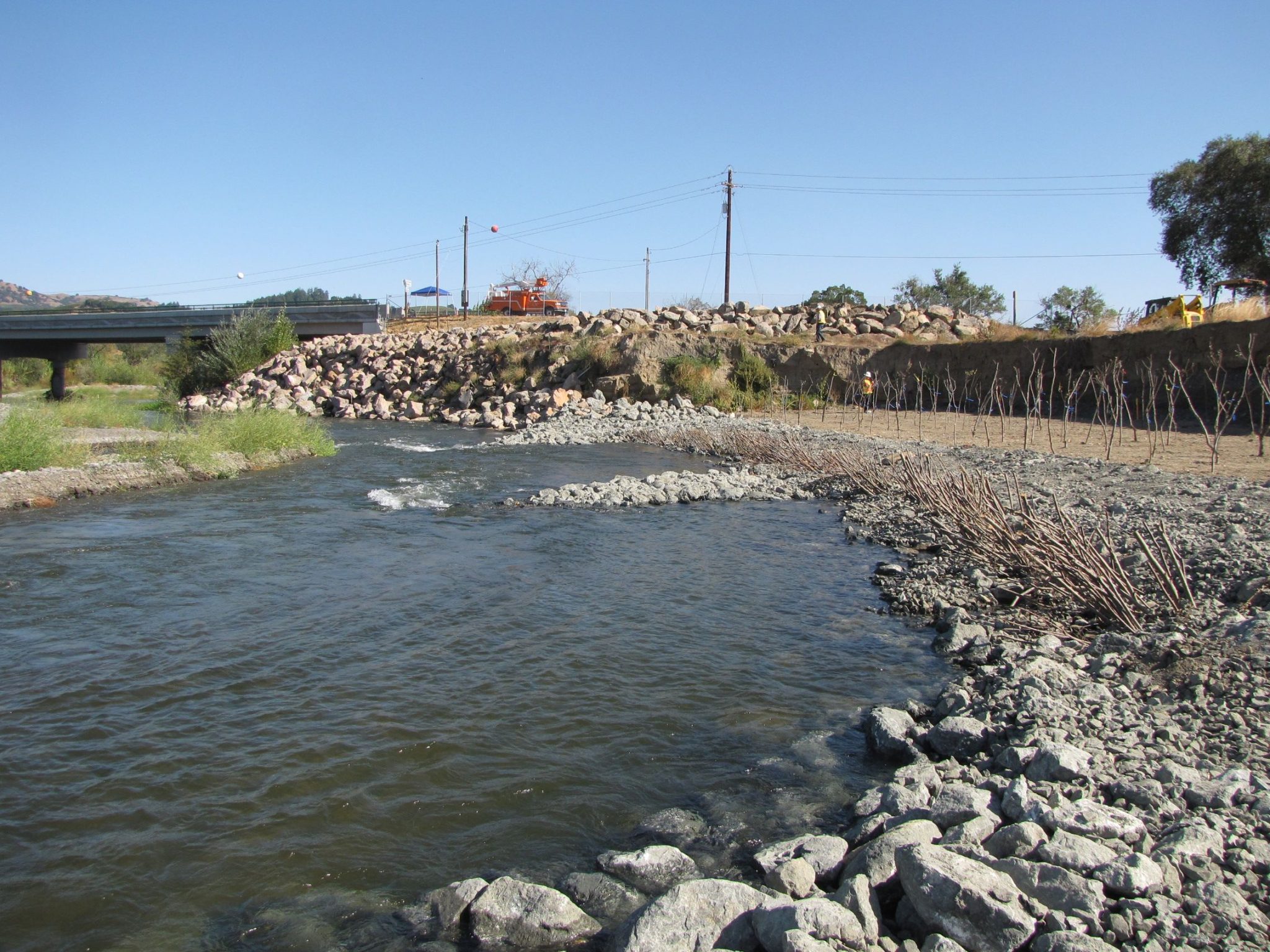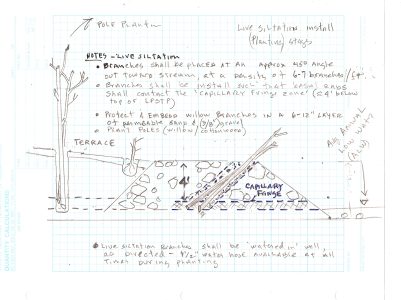
16 Sep Russian River Bridge – Geyserville Bridge Case Study
CASE STUDIES
Dirttime.tv will post blogs of Case Studies regularly.
In 2005 the Transportation Research Board and National Academy of Science published NCHRP Report 544 – Environmentally Sensitive Channel and Bank Protection Methods, meant to provide “DOT Highway engineers with “alternatives to riprap”.
John “wrote the book” on ‘alternatives to riprap’ for the federal highway’s transportation research board.
John, wearing another hat as a practicing fluvio-geomorphologist, has been designing and building, and documenting alternative-environmentally-sensitive methods for over 15-years. John’s experience involves project design, management, of channel and bank methods that incorporates “rock and willow – biotechnical methods. Definition of Biotechnical Methods – methods that combine engineering/structural elements (rock, large woody debris, rock and willow-filled gabion structures etc.) combined with vegetative elements in a mutually-reinforcing manner.
Dirttime.tv will make an effort to present these methods, as case studies, beginning with the Caltrans SR 128 Geyserville Bridge over the important Salmonid-rearing Russian River, in the wine region.
Reports, Techniques, & More
- Geyserville Report March 8
- Russian River Bank Stabilization Timelapse
- Willow Live Siltation
- Willow Posts and Poles
- Redirective vs. Resistive Stabilization
- Self Launching vs. Graded Stone
- Environmentally Sensitive Streambank Article in Land and Water
- What I’ve Learned About Streambank Stabilization Article in Land and Water
- Crews Try to Save HWY 128 at Geyserville Bridge

